There we were…. a little apprehensive, a little unsure and a little paranoid, considering we were driving off track. We began to drive towards a spot that wasn’t part of our original schedule – in other words, off the beaten path.
We were heading to the Great Rann of Kutch, which is a seasonal salt marsh located in the Thar Desert in the Kutch District of Gujarat, India and the Sindh province of Pakistan.
Taking a turn from the smooth highway into a rough patch of cracked mud and dried grass , we followed a track left dented by camel pugs, perhaps bullock carts and sometimes wheel tracks of an 4-axle vehicle. But something kept us re-assured that this experience would be somewhat worth it.
We were promised migratory birds, flamencos and hundred of camels in herds, that would head to a watering hole, at that particular designated time, and cater to our lenses and vision alike.
Trusting our all in a local driver in, who was draped effortlessly in a white cabbage-like turban, with the color of skin as brown as caramel;lines on his face as wise as a miracle, we drove down the middle of nowhere. A stray camel snorted back at us, as we took a sharp turn towards a heaped mound of dried mud. Minutes later, in the middle of nowhere, we found ourselves staring at herds of black cranes in the distance, flying over what looked like a vast blue sea, except it wasn’t the sea….
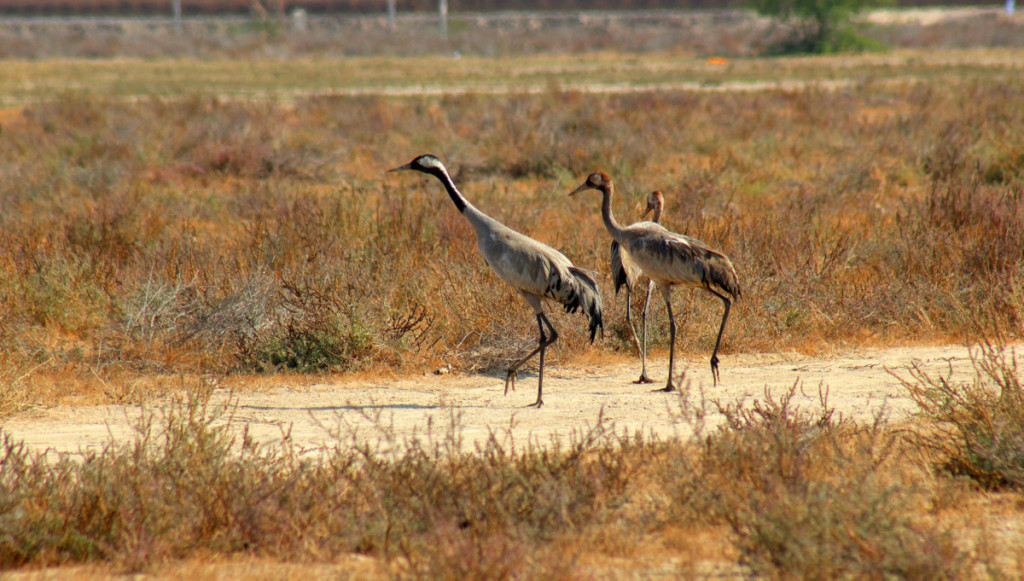
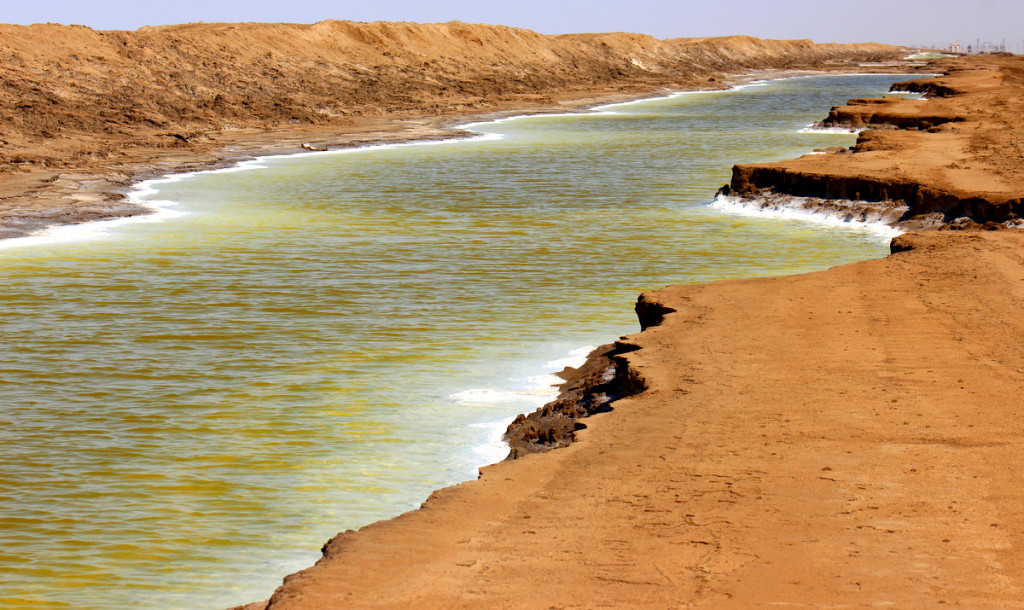
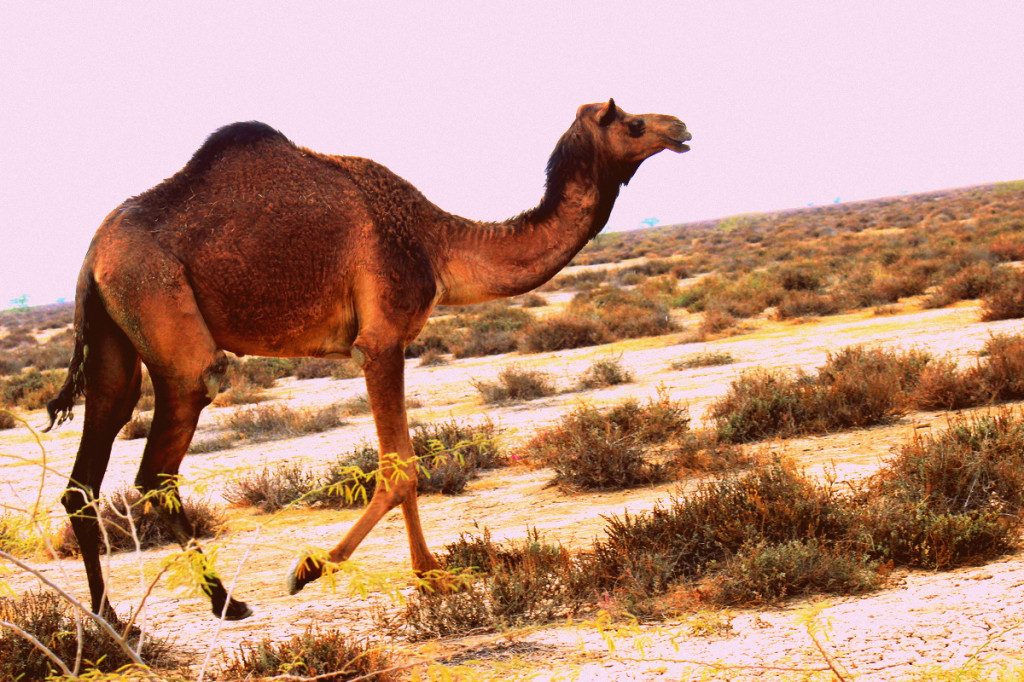
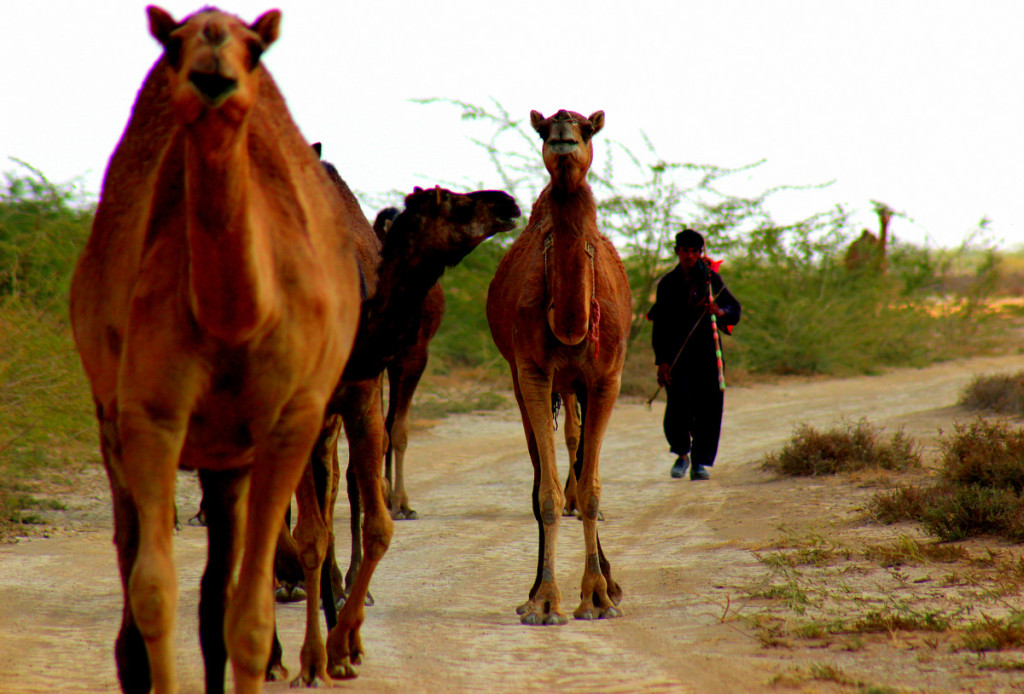
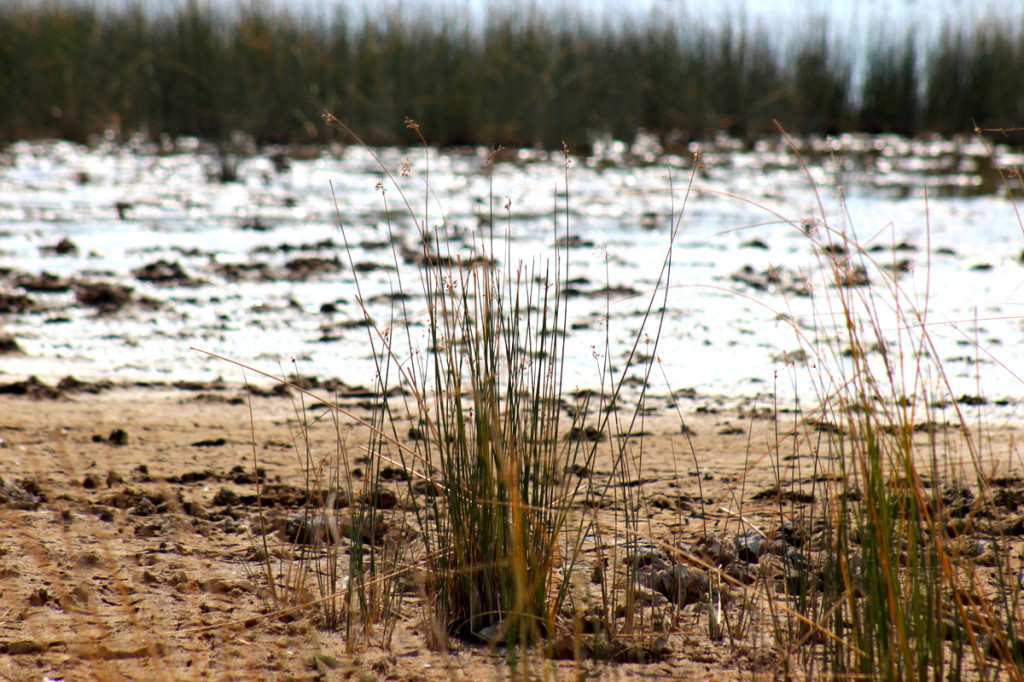
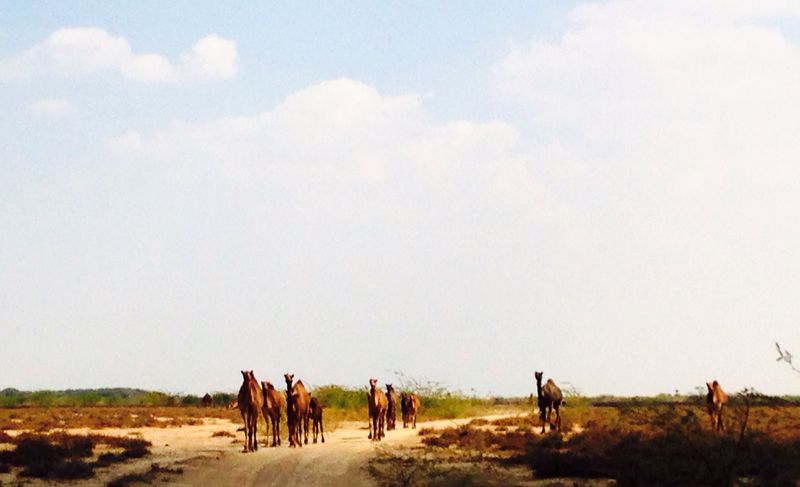
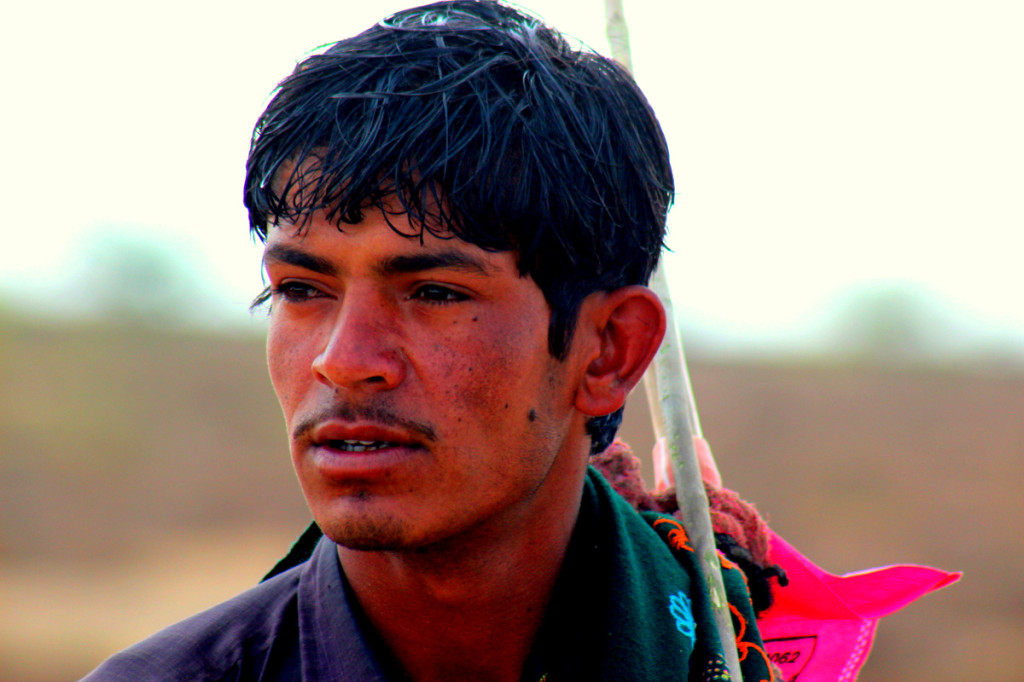 It was a salt marsh.
It was a salt marsh.
We were in Kutch, the largest district of India that lies, in all its charm and poise, in the western most corner of Gujarat. Ever since we stepped out of the over-night bus, in the strangest episode of chance and luck, and boarded the random one auto-rickshaw to our destination in Bhuj on a chilly morning, I was drawn in completely by the rustic vibe. The little chai-shop, at the corner of the triangular footpath, at the edge of the railway station pampered us with cups of highly sweetened tea- almost expressing it’s sugar coated hospitality.
When we first told people that we were headed to Kutch for a holiday, their reactions made us believe that the global fraternity, at large can be segregated into two categories of people — the ones who say ‘Wow, Kutch!’ and the others who say ‘Why Kutch?!’ As much as that amused us, I have to admit that the uncertainty was exhilarating!
The Rann of Kutch. Located at the far Western edge of Gujarat, Kutch is not part of the usual tourist trail. Whilst many wander through Rajasthan for a glimpse of the desert, far less venture over to the other side of the Thar desert to explore this spectacular region. This in itself, makes it a wanted place to be at. It isn’t just a desert you see, but rather a marriage of senses, something that the Gujarat tourism has now tried to bottle in its annual festival of Rann Utsav.
One of my fondest associations with this unique landscape has been K.N Daruwalla’s ‘Love Across the Salt Desert’, where this barren backdrop effortlessly and effectively symbolizes the thirst that the lovers feel for one another; where the scorching sun becomes a metaphor for their parched lives desperately aiming at a point of satiation. Romantic, that I am it would have been absolutely facile to dream away and imagine a Fatimaah and a Najab..
What would it have been for the ‘dreamy eyed and diffident’ Najab to cross the border on a camel, across this unruly patch of wilderness, ‘for the sake of love’? What was life like on the other side of the Thar? Do cinnamon traders still bargain in the markets? Will it still rain if today another Najab carries his Fatimaah over the threshold of a village that hasn’t seen a drop of rain in three years?
“What would he not do for her, the daughter of the spice-seller; she who smelt of cloves and cinnamon, whose laughter had the timbre of ankle-bells, whose eyebrows were like black wisps of the night and whose hair was the night itself? For her he would cross the salt desert.”
But this was the real Rann. A landscape so rich in its diversity yet filled with common salt. So white, yet shadowed in its persona of ambiguity. Sensational yet restrained in its presence. A reality. A mirage. A vision. A balm. A retreat.
The tent city in itself was a spectacle on its own. 400 tents, hand made with traditional weaves and indigenous block printed tapestry in each. After we checked in to our tents, what was the most impressive was the elaborate set up and reception arranged for the tourist.
The hospitality had been out-sourced to the Marriott in Ahmadabad. 300+ servers and staff had set camp for three months in this tent city, treating visitors with utmost care and concern. In between ghee soaked theplas, fluffiest dhoklas, nippy khakras and spiced chaas, we found ourselves pleasantly pampered in a large air-conditioned dining tent. A server, with roots in Kolkata, was amused and thrilled to hear his mother tongue being spoken, while we exchanged ridiculous banter at our table! Ravi sat at the concierge desk, agile in his thoughts and quick to reply to our queries.
As we planned our excursion for the next day, amidst chaos and cacophony of other tourists, I overheard a story. The story of a vision. The story of how this tiny village of Dhordo came on the tourist map, thanks to the vision of Gulbeg Miyan. His chance meeting with Narendra Modi, 30 years ago gave him a chance to germinate his idea of hosting a festival in the village, considering it was the nearest civilization to the Rann; thus offering a prospect of business through tourism, as well as a chance to promote its native art.
And, thus it began with a small-scale day-long festival began in the early 90s. It was only in 2008 that the festival really kicked off here with its iconic tent city life. Gulbeg died in 1999 at the age of 78.
His son, now the village Sarpanch has now taken upon himself to promote the festival and the indigenous art that is bringing progress to the remote village.
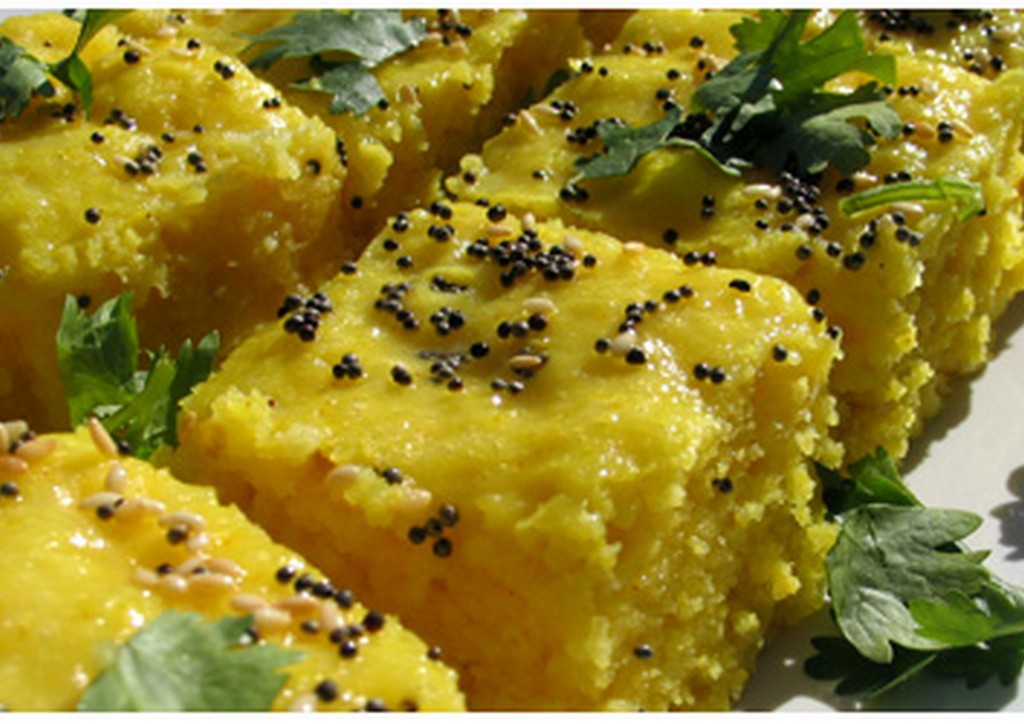
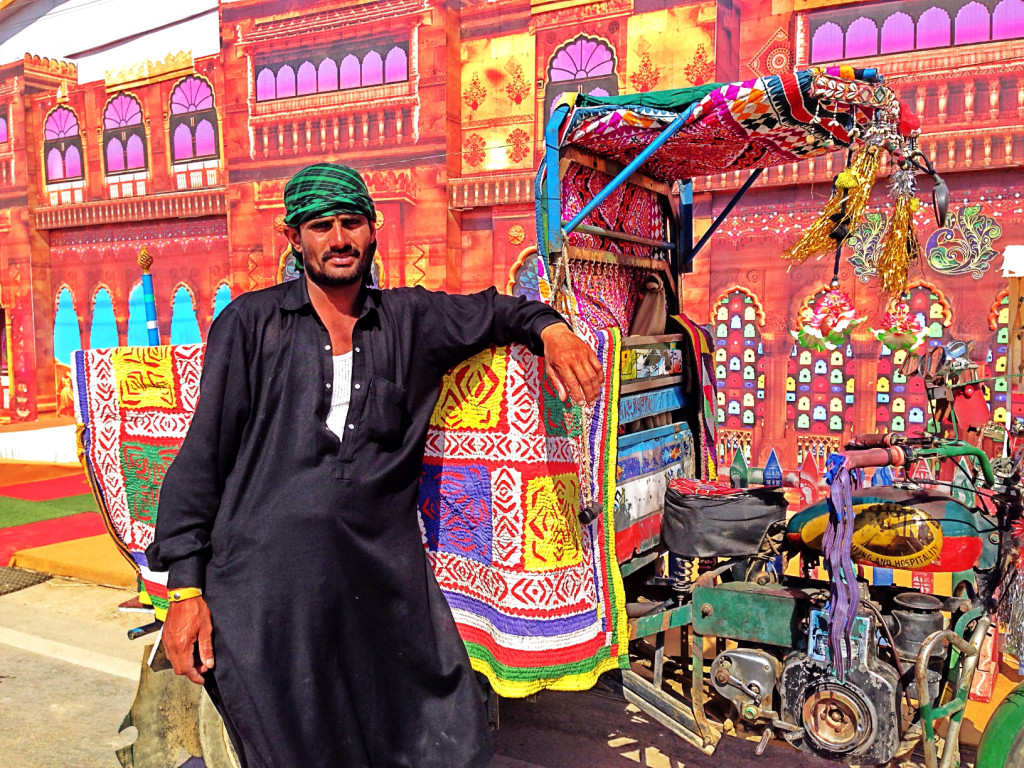
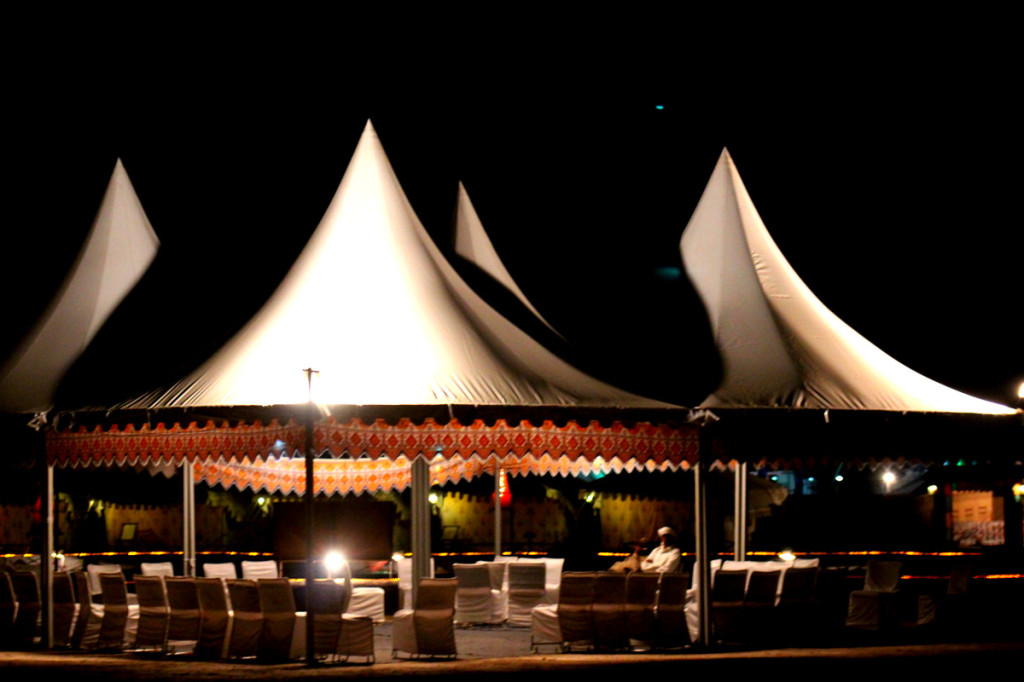
Later that evening, on a rather bumpy but thoroughly enjoyable camel cart ride, we visited the White Rann. As much as I could have visualized a sea of white, I realized I was far from prepared for the most celebrated vision of Rann of Kutch that lay in this tiny village of Dhordo. While walking towards what looked like a ocean of milk, slippers in my hand, and the rays of the slant sun on my face, almost carefully placing my bare-feet on the salt pan, it was easy to believe that the world stood still right there in that moment. It took me a while though to believe we weren’t walking on star dust, but salt, thick layers and miles and miles of it. And yes, I did taste the ‘soil’ under my feet, for assurance!
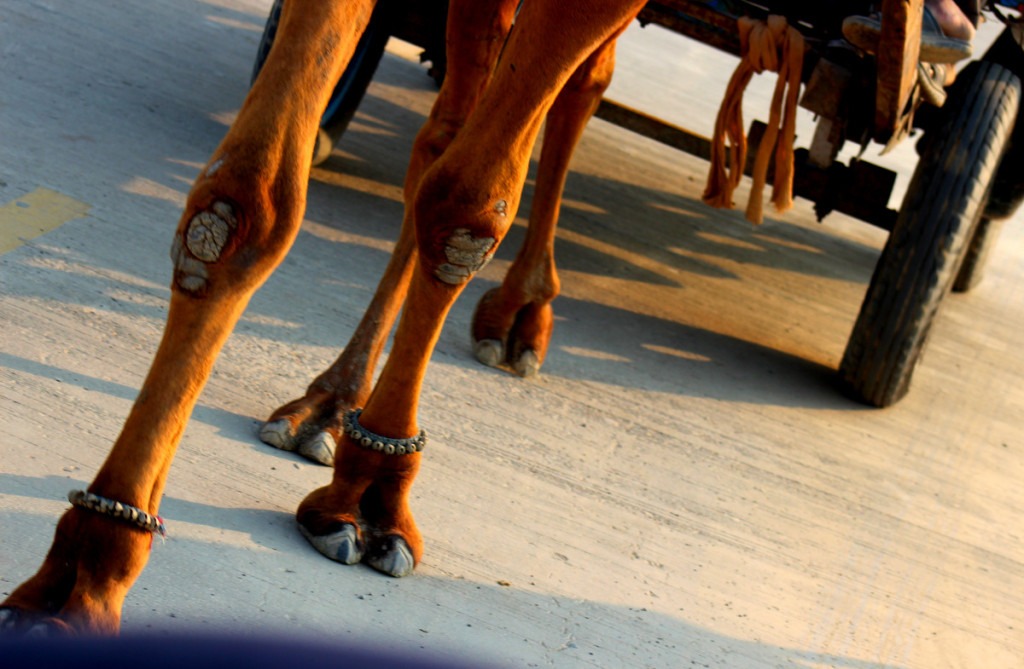
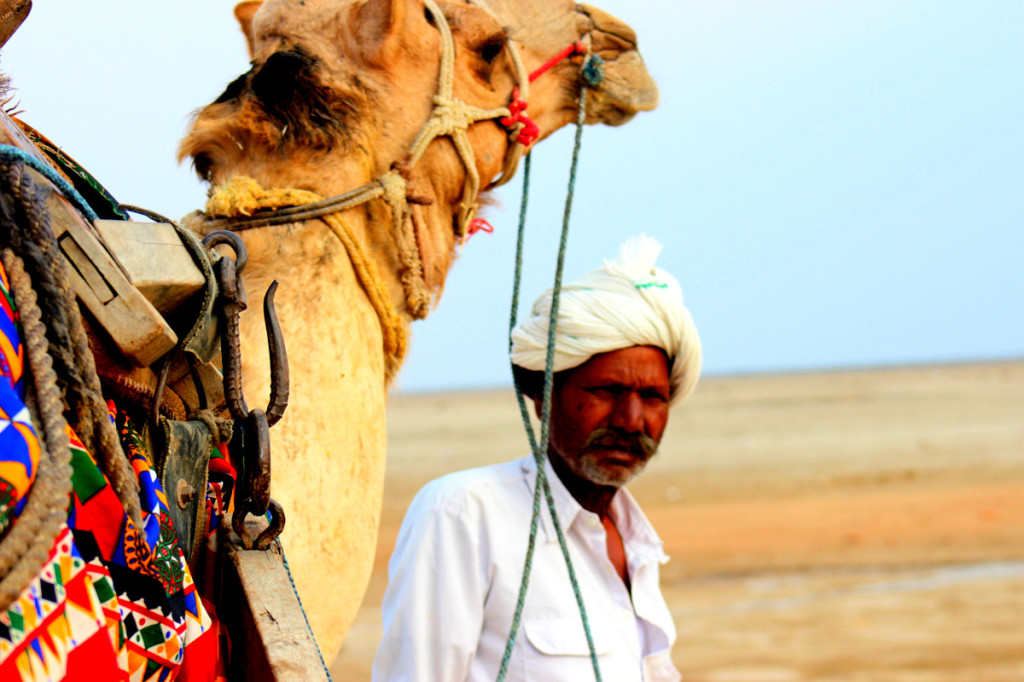
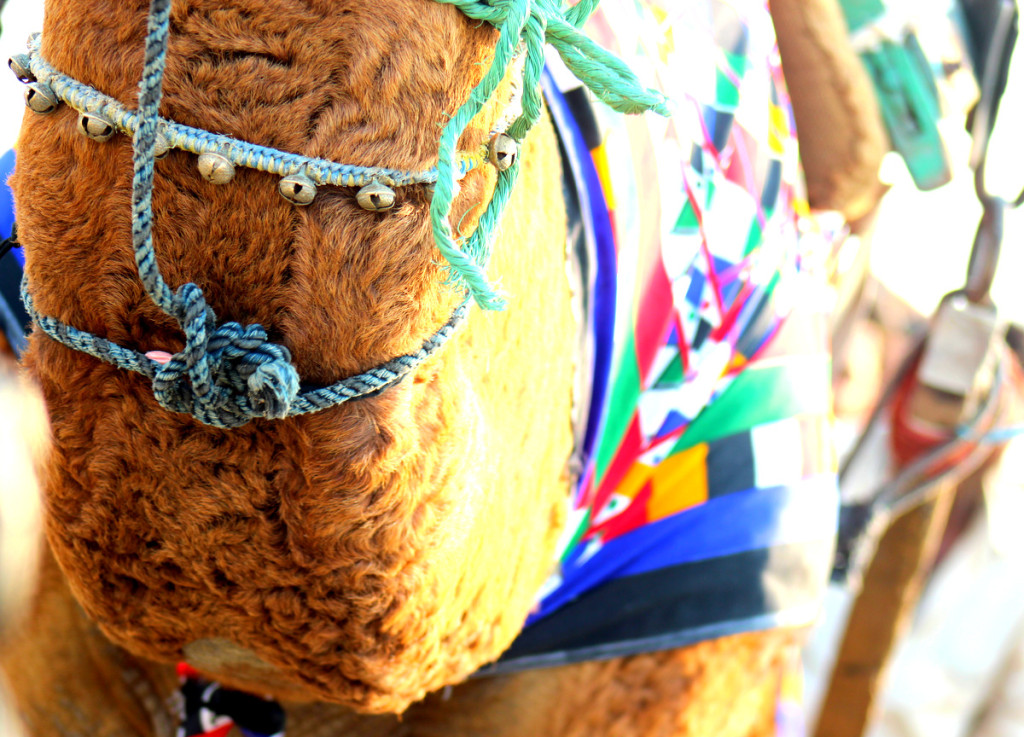
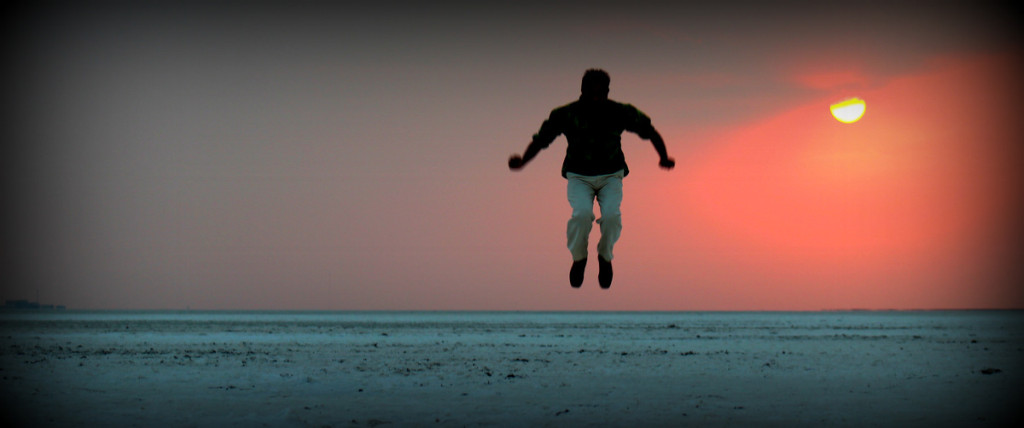
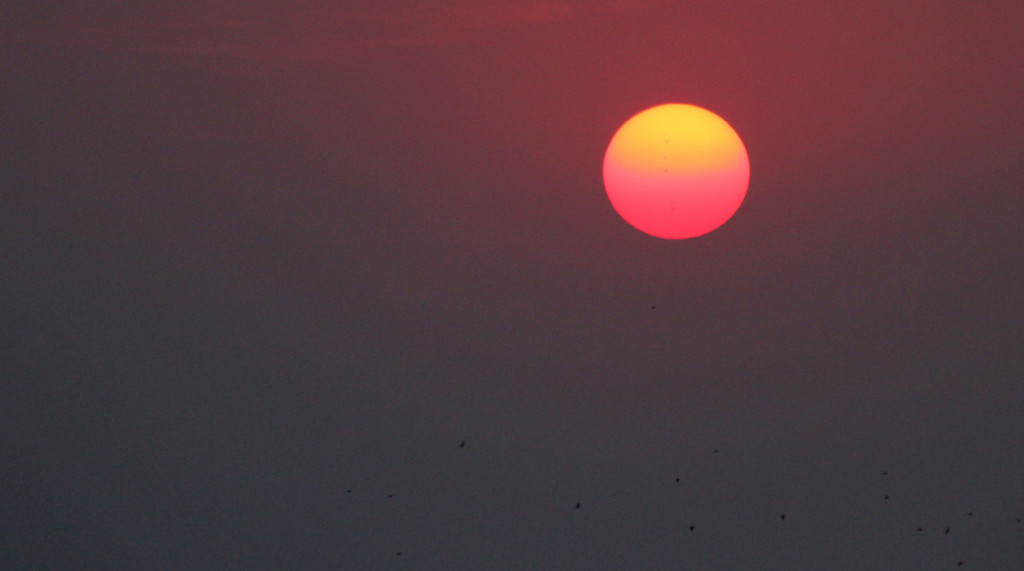
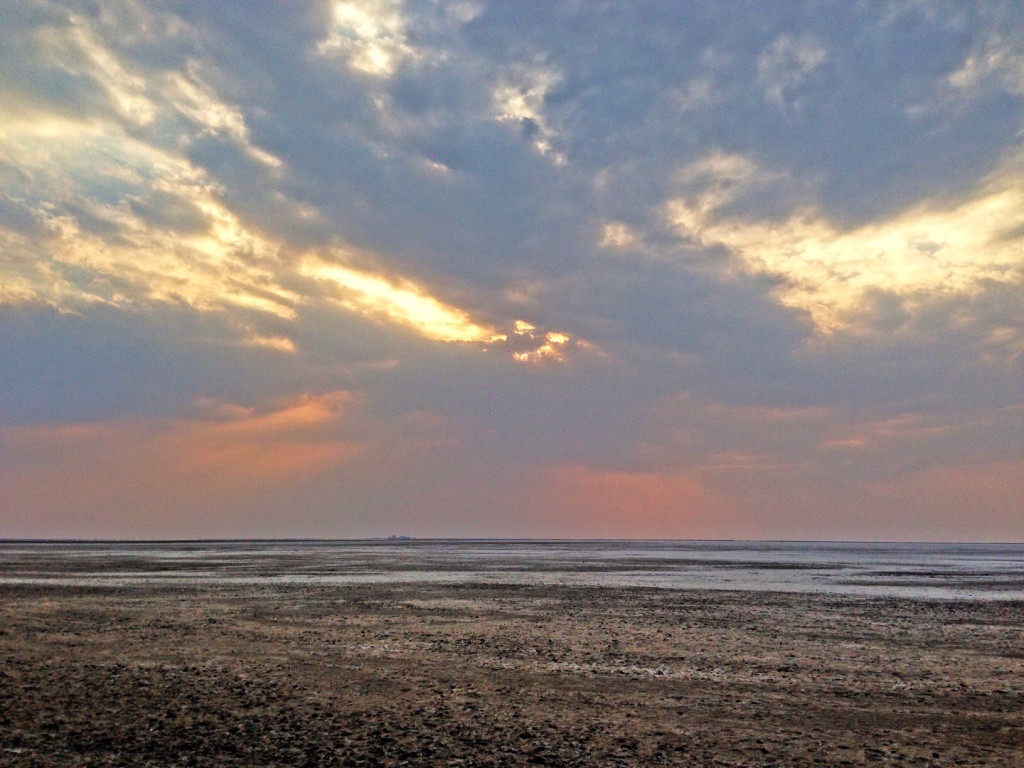
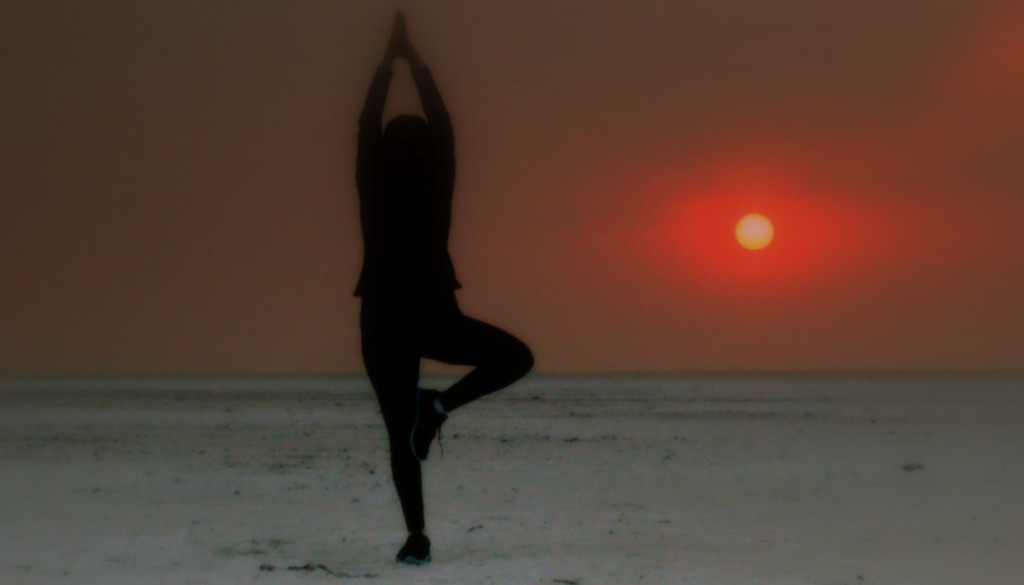
There, watching the sun set, I was taking in a sight that I had been building up in my head for months now. Laid out at a horizon, that seemed to drop into nothingness from my view-point, was a ball of perfect crimson …it was all too surreal to be true. All I was missing there, was ‘my moment’.
And that was slightly impossible to attain, considering that there were three busloads of people, to steal the same moments! As the sun came down in a stupendous blaze of tangerine, I couldn’t help but reflect on just how large the world was, and what a speck of size we were in comparison. I felt as if I had finally seen a part of the world that was right on the edge, where if I took just one step past the horizon, I could fall right off! Few hours later, we were back to watch the moon rise in all it’s fullness and bloom. And this time, I was eager to find ‘my moment’. It was my final chance.
The moon rays and the whiteness of the Rann merged into each other creating an ethereal environment. I sat there on the ledge of the road, staring into the moon and enjoying the infinite beauty of the Rann. As I was getting moon washed with the purity of moon light , I felt a sense of tranquility that urged me to wish that I could be sitting there till eternity; moon beams on my face, and the musical breeze of the February night playing with my hair .. One deep breath, and I knew THAT was ‘my moment’.
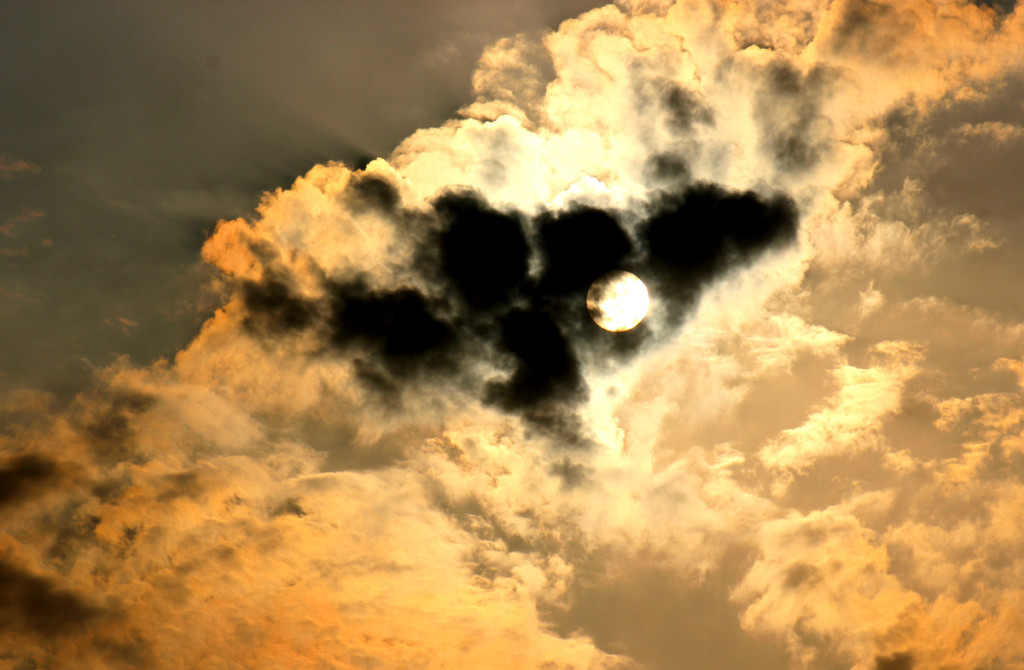
A two-hour strenuous bus ride took us to Kala Dungar, the next evening.At the height of about 2,000 feet, it offers some picturesque views, including crimson sunrises and magenta sunsets. This is also perhaps the only point where you get a panoramic view of the wide expanse of the white-sanded desert from the peak. It is undoubtedly beautiful. But the Black Hill has a legend…
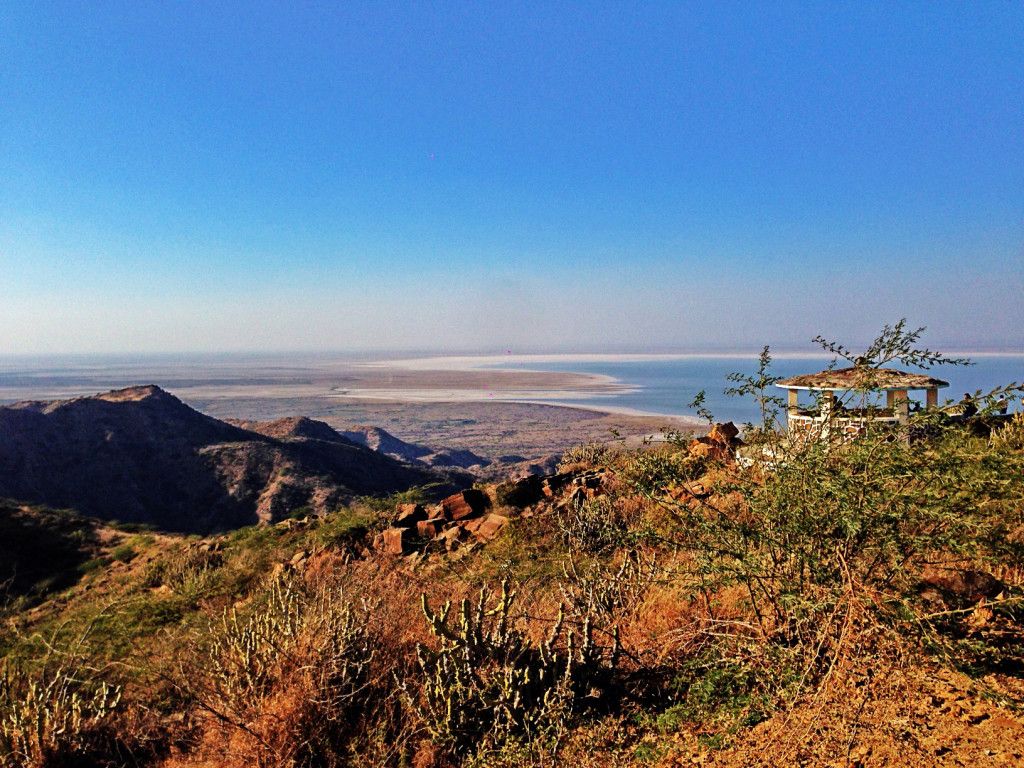
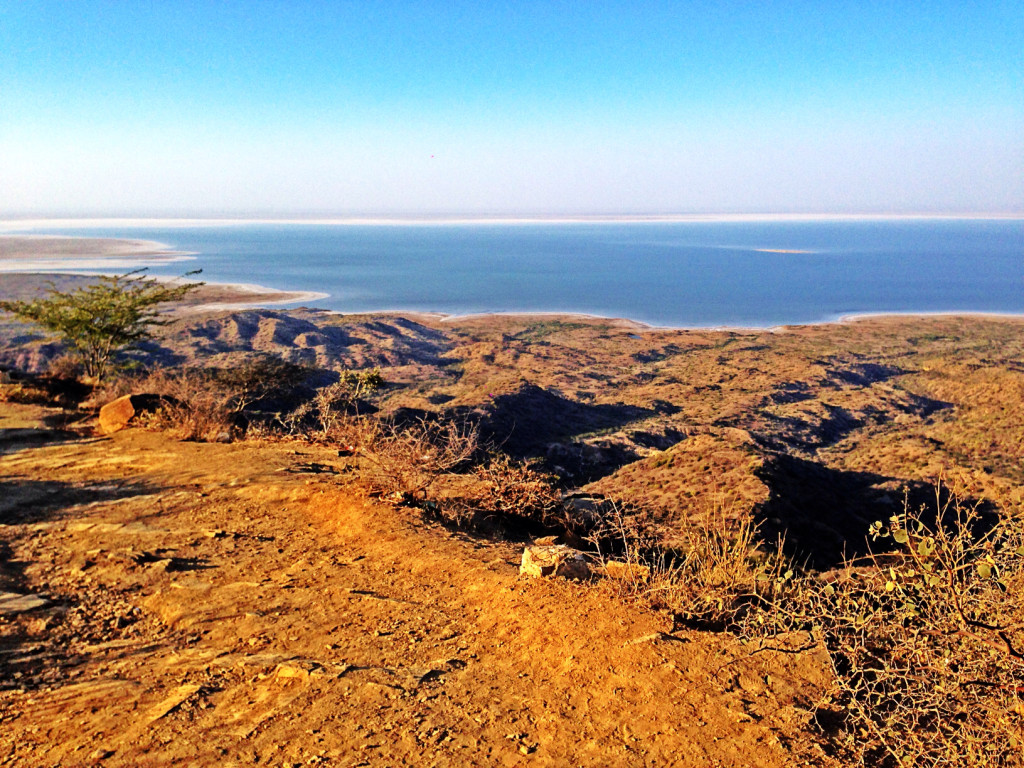
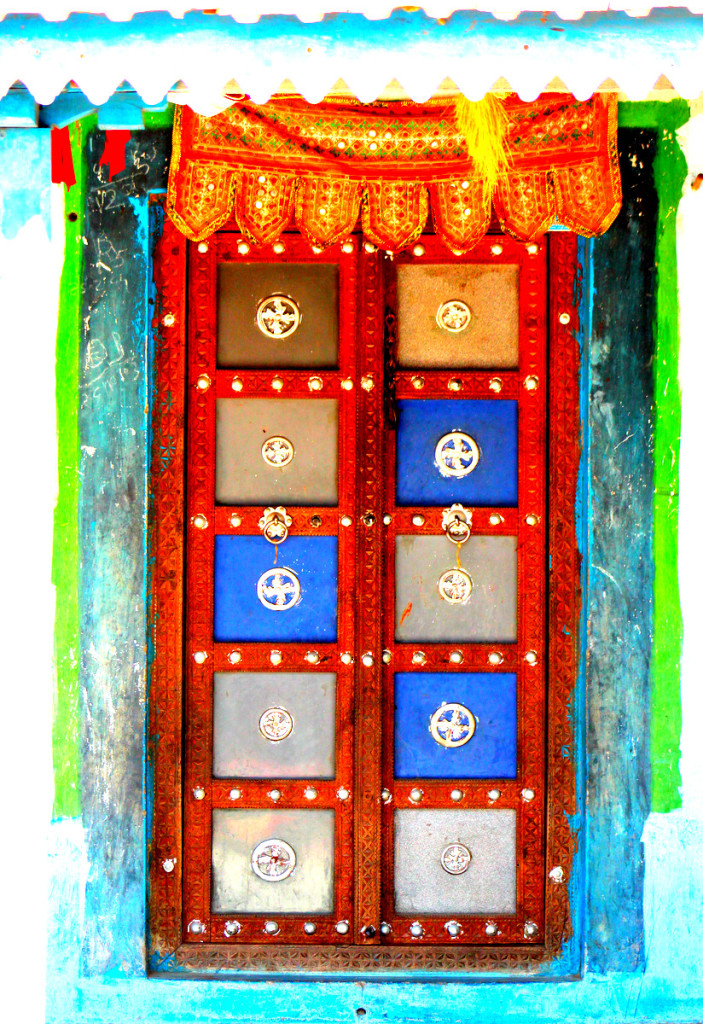
“Over four centuries ago, there lived on these black mountains a saint named Pachmai Peer. One day a pack of wild jackals appeared in his ashram and stood expectantly in front of him. Looking into their eyes, he realized that they were famished. All that he could offer them was a spartan meal of rice and daal, the staple diet of the ashram. And offer he did, and the jackals went back with their tummies full.
He brushed it aside as a one-off incident, till he saw them at the same time at the same place the next day. The ritual of feeding continued for months till one day when there was no food in the ashram. The boy who had gone to get the provisions hadn’t returned, but the jackals reached at the appointed time.
Realizing that his guests will have to go back hungry, the Peer, in a gesture of unimaginable generosity, chopped off his hand and offered it to the jackals, saying ‘lo anng’, which meant ‘here, eat my hand’. The jackals, as on every other day, went back satiated. But from that day onwards, the inmates of the ashram have made sure that the jackals of Kala Dungar are fed, not once but twice a day. And they haven’t missed it even once in the last 400 years.”
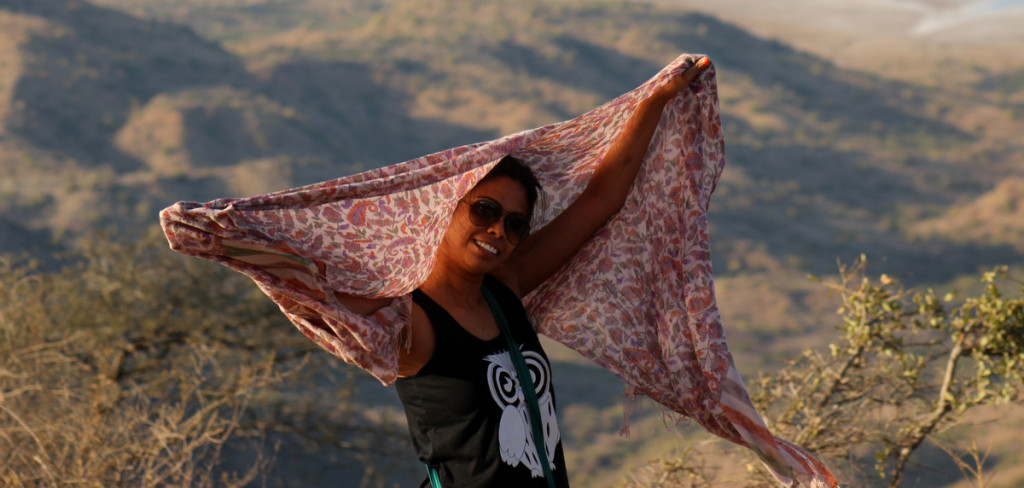
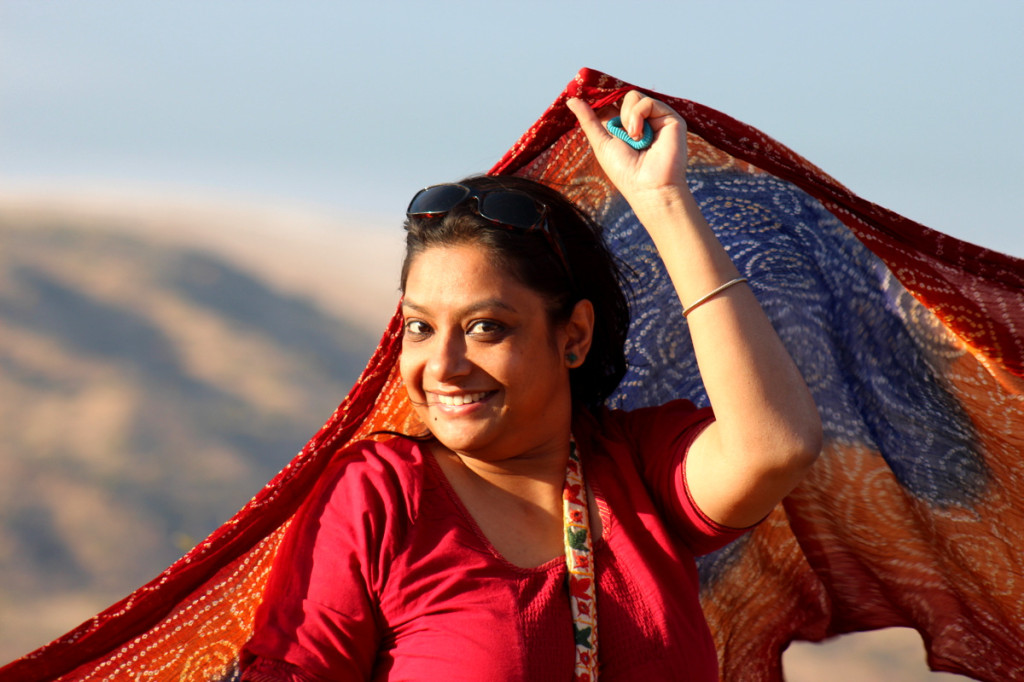
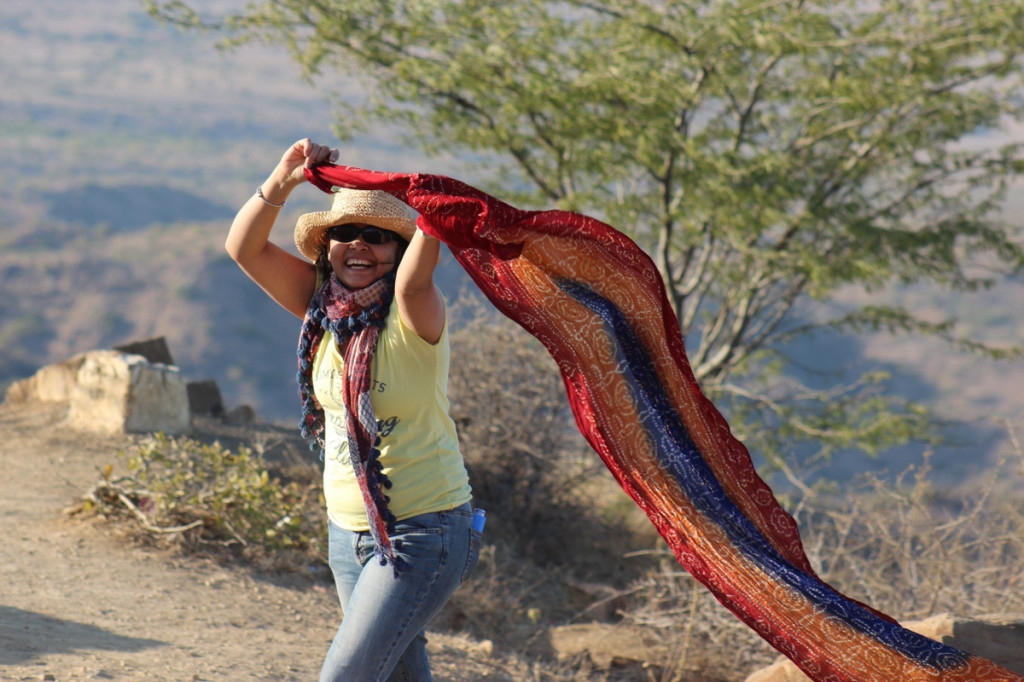
We left the camp city two days later for Bhuj, en route visiting the tourist village of Hodco. Somewhere between walks through dry bajra fields, split ended shrub tips and mawa devouring breaks in highway tea shops, I had fallen in love with the rustic life of Kutch, and wasn’t really looking for more surprises.
A pretty sight, this village was. Tiny children with innocent smiles and blonde rustic hair ran about wearing glass bangles and colorful trinkets.
Artisans had opened their doors, and basking in the afternoon sub, sitting on rugs and dhurries made with their own hand- some sold their creations, while others took pride in the display. Everything and everyone wore a costume! Their circular houses wear a conical hat and their women, colorful garments and bold metallic jewellery!
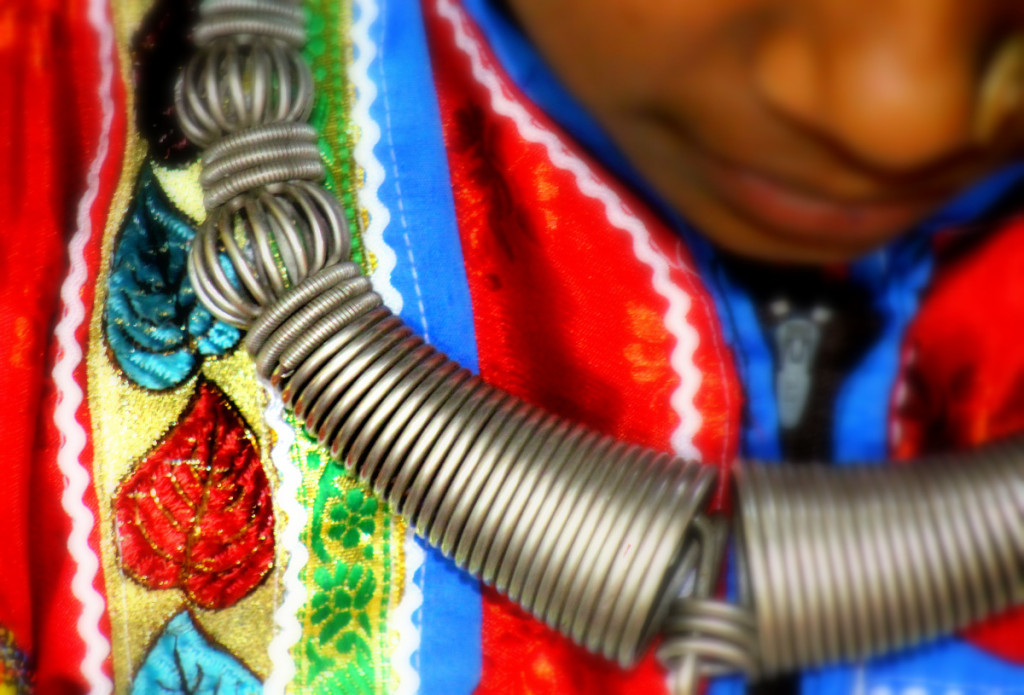
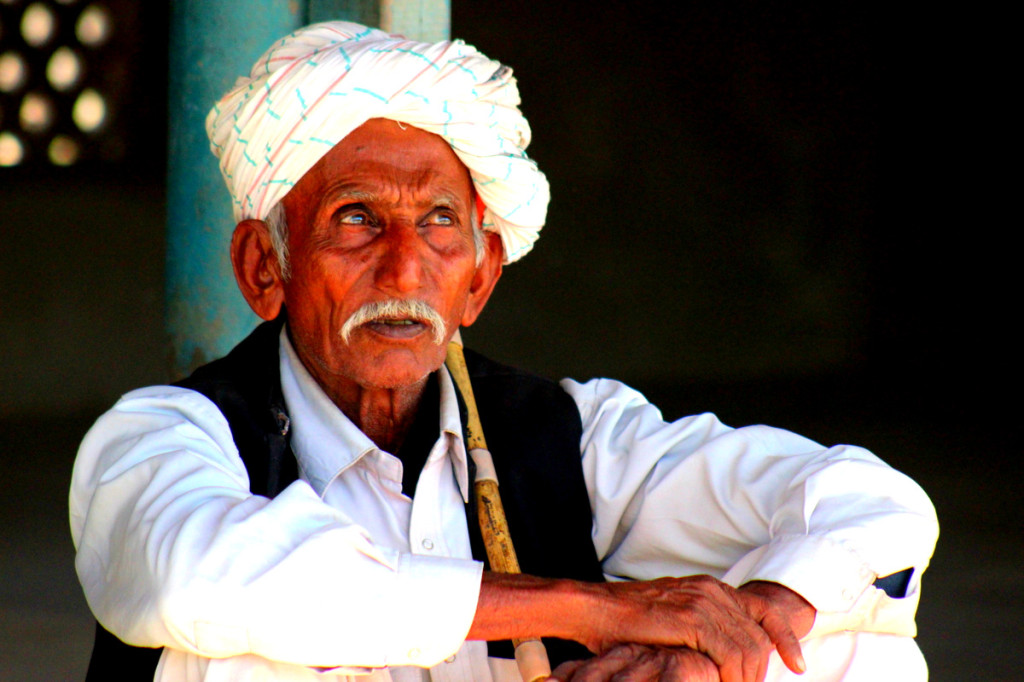
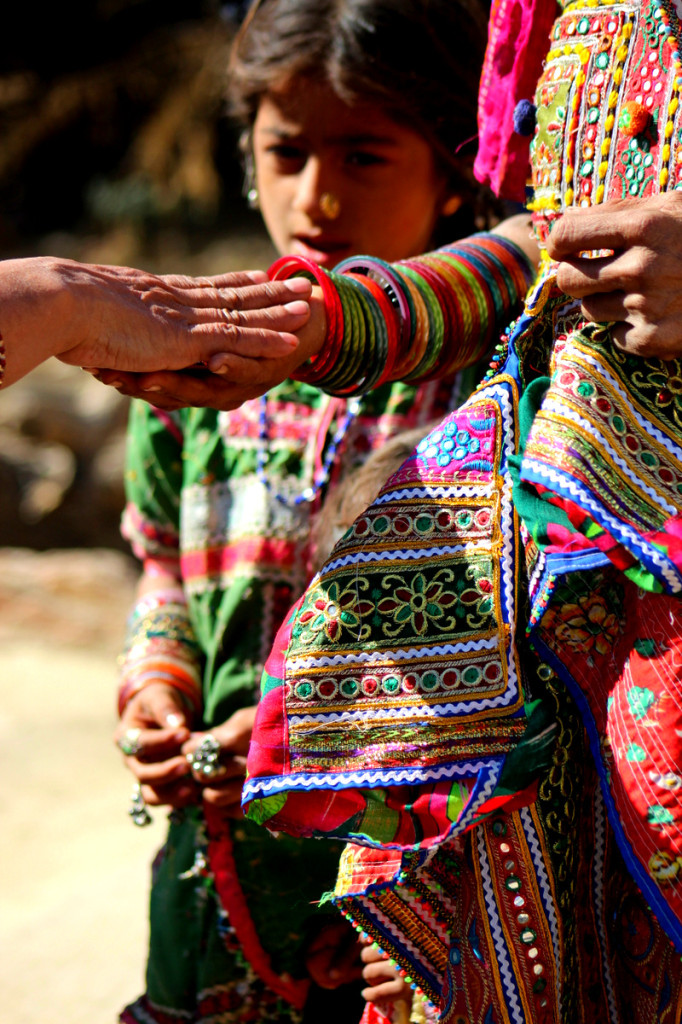
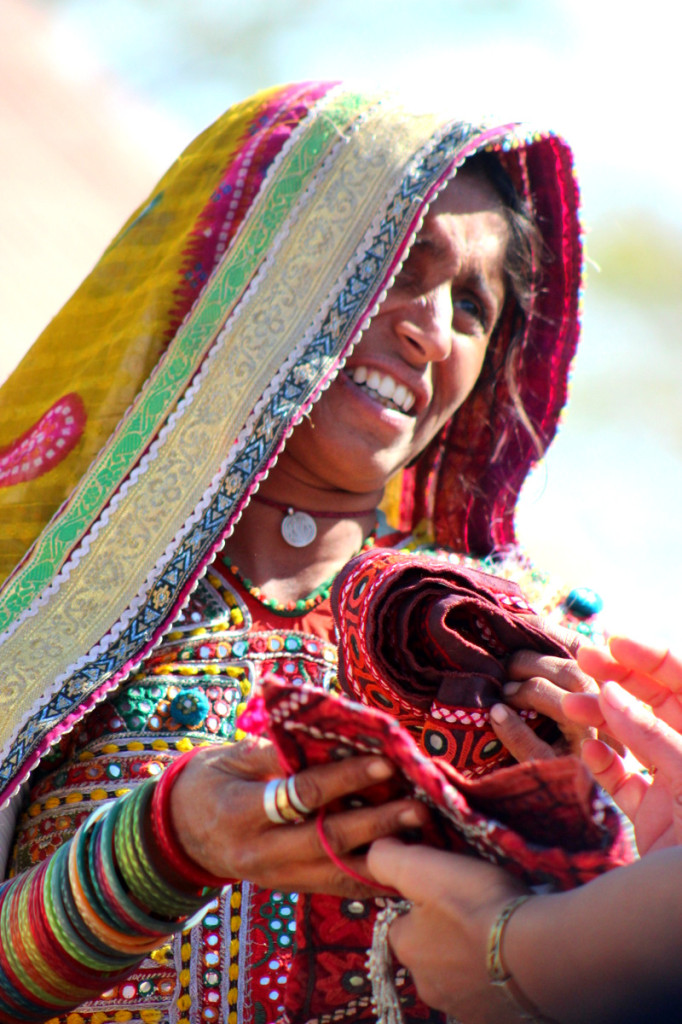
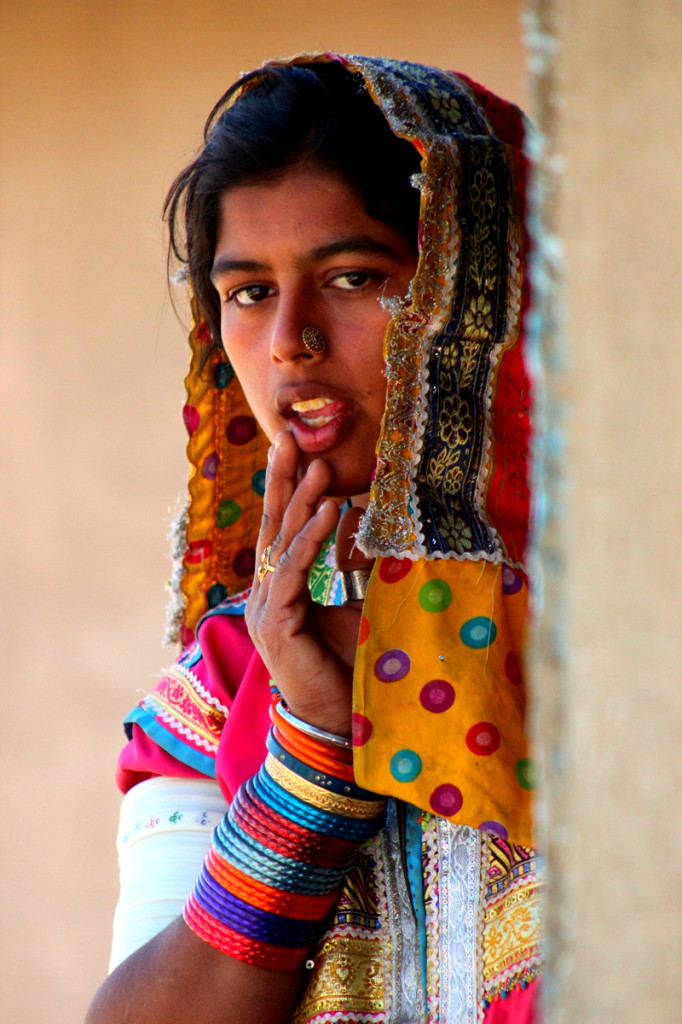
Bhuj was an eye-opener. Destroyed to a large extent during the massive earthquake in 2001, the commercial capital, Bhuj, had visibly fought back and rebuilt itself into a much bigger and populated town than it was before.
The few towering buildings, however, contributed very little in altering the old-world charm that it had held onto since the time of royalty. Amidst the hustle bustle of a hundred local shops and eateries, Bhuj veiled the scars of the life-altering natural calamity very well. But pay a little attention, and you can overhear the turmoil still lingering in the voices of the old locals. Rahman, our auto-driver was no exception.
We had a rushed one hour to indulge in the best therapy ever. Honest to our purses and budgets alike- retail therapy! We started focused like the bull at Bhujodi, a weaving town, famous for its intricate woollen shawls. It was a Sunday afternoon, and while most of the houses had shut doors and closed shops, I could imagine, what the village would be like in all it’s life. The entire village would be like a living museum.
The bhungos — circular mud houses with mirror work decorations- would be bustling with gossip, rumors, and bustling of local women. We could have been invited to any of the houses, shared a chai and explored the intricacies of pit-looms and figured out the physics of weaving.
We could have drank sweet milk sweets, and loomed over quilts that were being given finishing touches. What a lazy, divine afternoon it could have been! But instead, like bulls in an arena, we ran, shopped at the pace of lightening and boarded our bus back to Ahmedabad!
The Rann is still with me now. In times of silence I return to its silence; in a strange way I find it comforting and reassuring. We should all carry a Rann somewhere in our minds. A place of refuge and utter peace. A place of the mind but far beyond the mind.
I never did see the asses or the flamingos nor the jackals. But that was fine. I’d found what I’d come looking for.
Absolute nothingness.

Sambrita Basu is a food-fascinated travel writer and photographer based out of Bangalore India. A background and a degree in hospitality and restaurant management paved her interest in food. As the secretary of the institution’s editorial club, she contributed regularly and wrote about food in their annual magazine, A la Carte.
Sambrita has published interviews of celebrity authors and business veterans in international publications like Infineon. Her contributions also include photographs on foods and restaurants of Bangalore for DNA—a leading newspaper publication in Bangalore. Sambrita’s creative expressions transport readers to alleys, hotels, hide-outs, restaurants, attics, and spice markets in several cities across the world.
Sam (as she is popularly known by her friends and family) doesn’t write for a living, but she lives to write.








